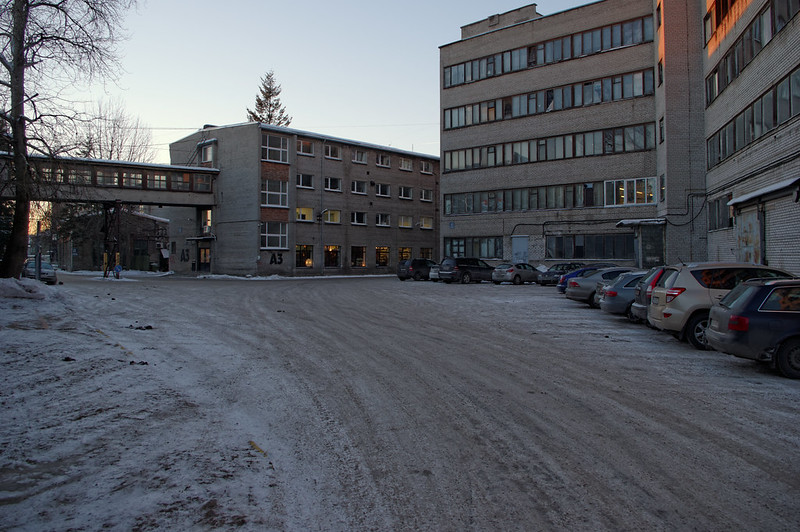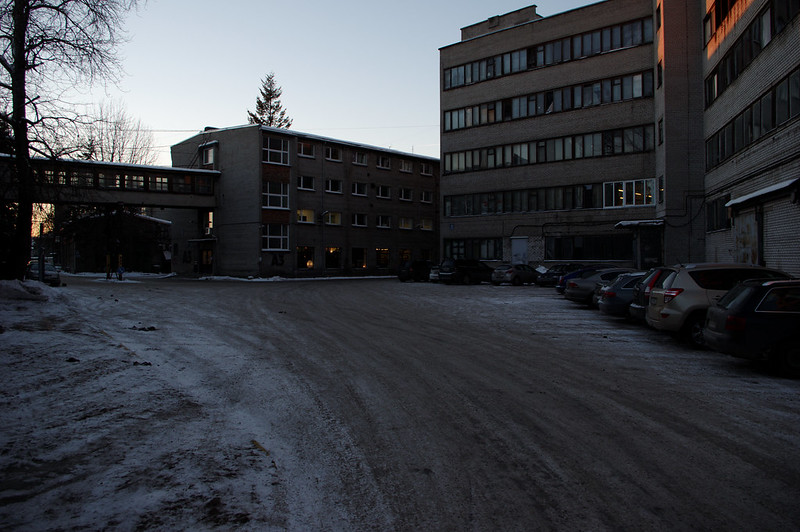When shooting scenes, where the lower half is considerably darker than the upper half, or when I can't change my position, to get the light from the proper direction, I underexpose the image, so as to have the sky and highlights properly exposed. Normally I process such kind of scenes in DxO 9, as I found it to be the most suitable tool for such tasks.

Processed Image.

Unprocessed Image.
I compensated exposure +0.22 EV (Center Weighted Average in Smart Exosure menu), turned on Smart Lighting (115), lightened the shadows slightly (+5) and chose neutral tonality V2 in colour rendering options. The original RAW file was shot using a -1.3 EV correction.


 Similar Threads
Similar Threads 





















